I’ve carried aerial pyrotechnic flares for more years than I can recall but I’ve never fired a single one. When the flares reach their expiration date and no longer meet U.S. Coast Guard requirements, I’ve replaced them with a new set to remain in compliance. I’ve chafed at the expense for things I’ve never used (and intend to keep it that way) but they’ve been like auto insurance—I have to have it, keep it up to date, and hope I never truly need it.So, I was pleased when a battery-powered flashing light—the SOS Distress Light from Weems & Plath—was approved to meet the requirements. I’ve carried one since it came on the market early in 2016. It is no longer listed on the Weems & Plath web site, but in April of this year, a similar device, the ResQFlare from ACR Electronics, received USCG approval. It’s a significant step ahead: brighter, lighter, less bulky, and less expensive. The ResQFlare's watertight housing contains two common C-cells and keeps the device afloat. Photographs by the author
Photographs by the author
Join The Conversation
We welcome your comments about this article. To include a photo with your remarks, click Choose File below the Comment box.


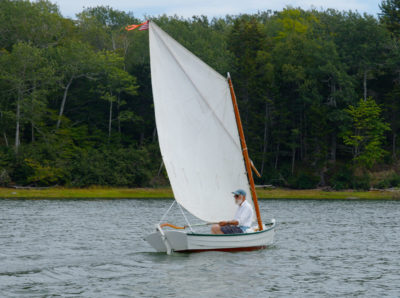
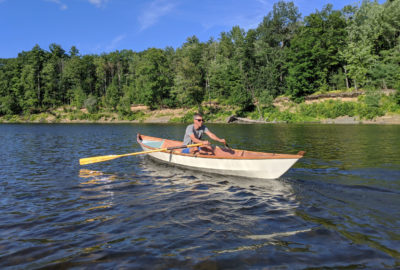

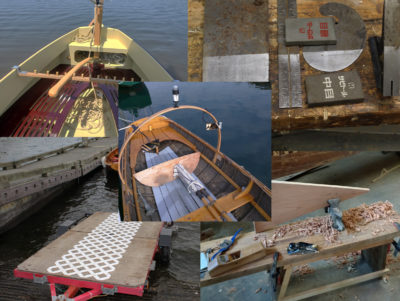
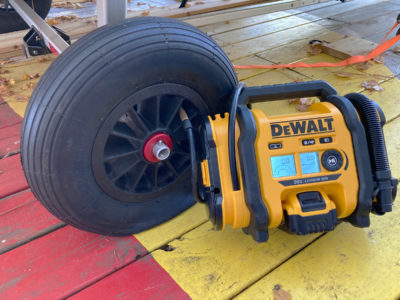
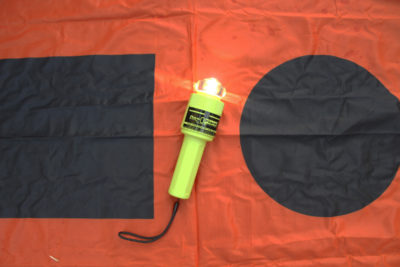

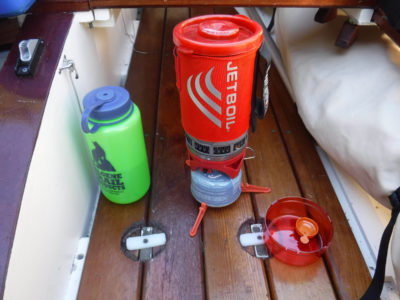
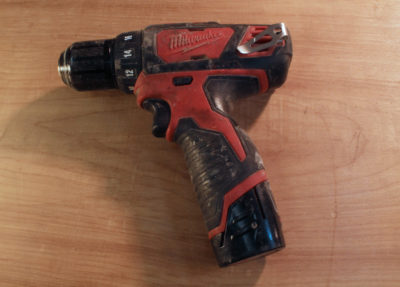
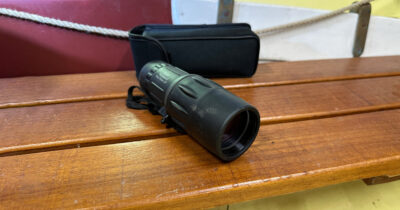

That day signal is surprisingly effective, we carried them as forward air controllers in the Marines, big orange panels we’d put on on top of our vehicles so friendlies didn’t drop bombs on us. The contrasting black shapes make them easier to pick out, and I’ve used them to signal helios where to pick us up and also have spotted them from the air while flying, that orange is not a color found in nature too many places.
One of the features of the Orion and the Sirius electronic flares is that they have two lanyard loops, which would let you hoist the flare up the mast of a sailboat.